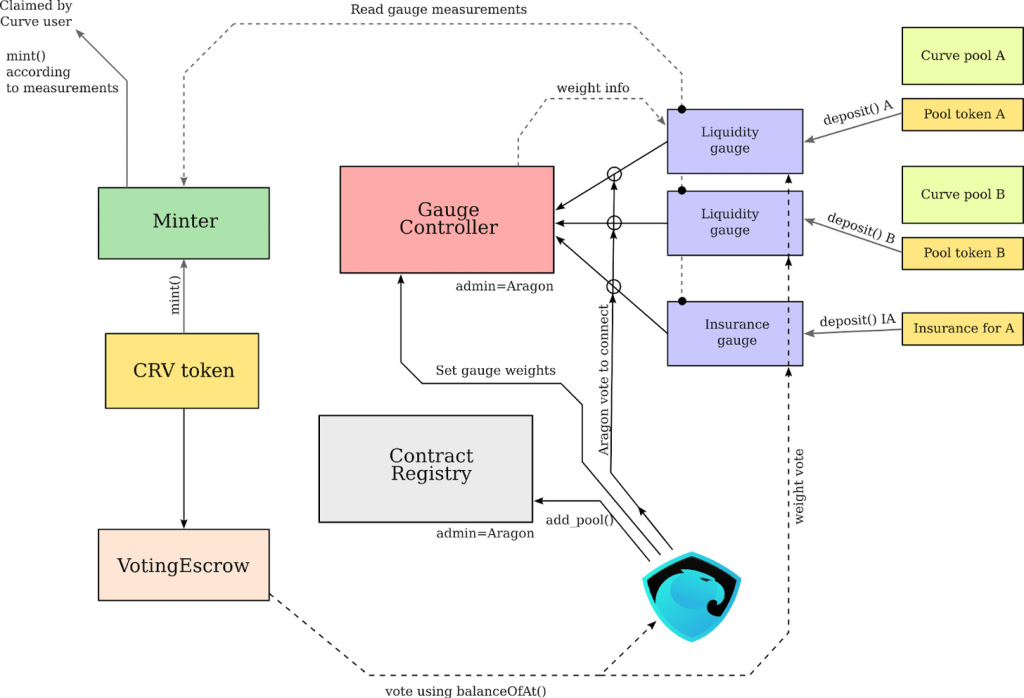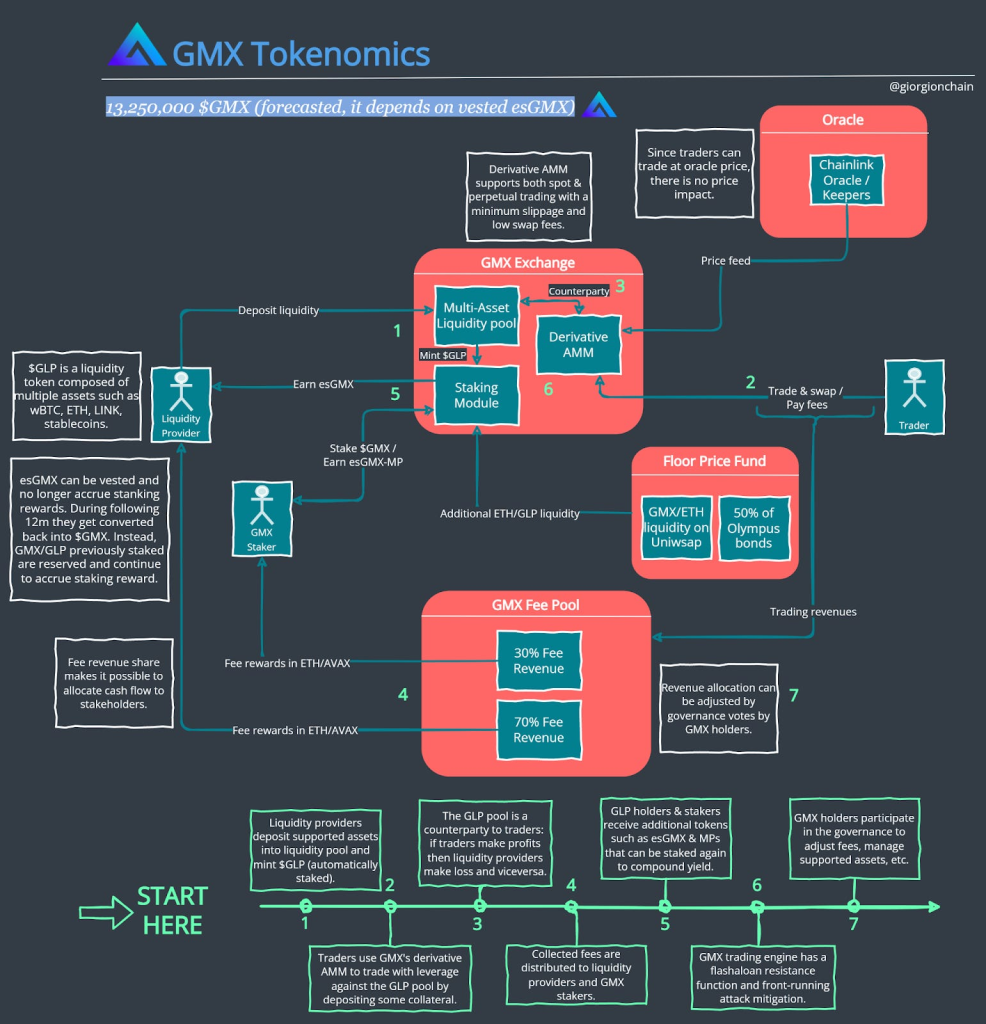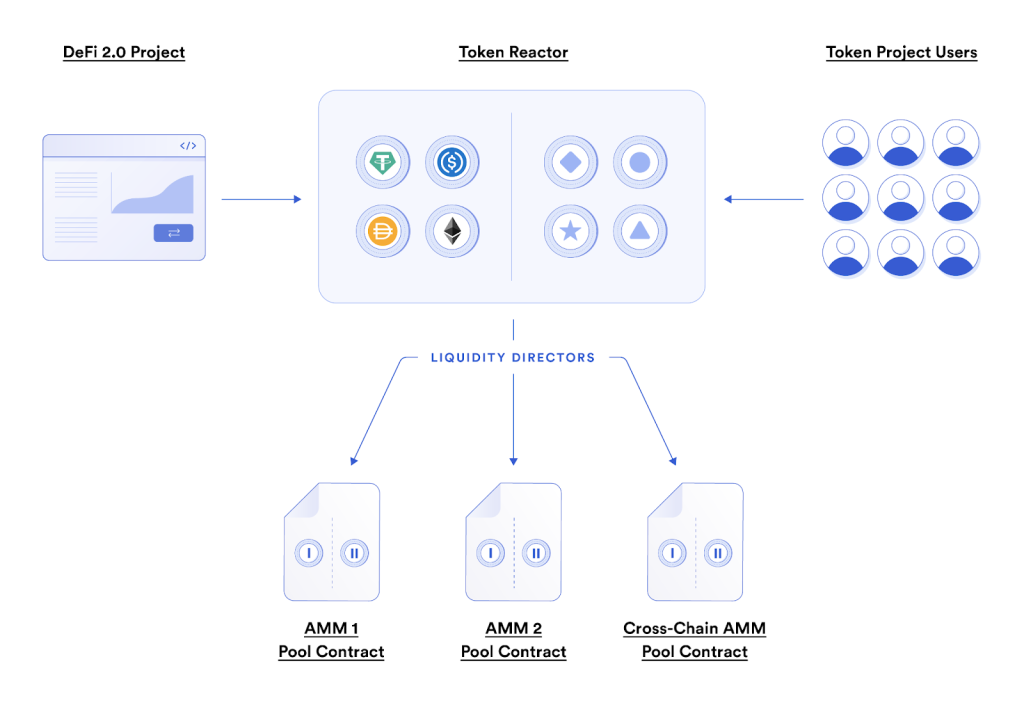Token liquidity engineering is rapidly becoming a critical focus for Web3 projects striving to build stable, thriving token ecosystems. In an industry littered with pump-and-dump schemes and tokens that launch with a bang only to wither due to low trading volume, engineering sustainable liquidity is what separates fleeting hype from long-term success
This blog post explores how projects can go from zero liquidity to sustainable trading volume through smart tokenomics design, robust liquidity strategies, and compliant market-making ensuring sustainable DeFi liquidity, market stability, and investor confidence from day one.
What Is Token Liquidity Engineering?
Token liquidity engineering refers to the strategic design and active management of a token’s market liquidity from its inception through its growth stages. It’s a cross-disciplinary approach combining thoughtful tokenomics design (supply distribution, incentives, utility) with proactive liquidity provision (such as engaging market makers or seeding liquidity pools) to ensure the token has a deep, healthy market where trades can occur smoothly at sustainable volumes.
Rather than leaving liquidity to chance, liquidity engineering treats it as a fundamental engineering problem: How do we architect a token economy that maintains market stability and encourages continuous trading activity?

Diagram illustrating Curve’s tokenomics “flywheel.” It shows how liquidity providers are incentivized, aligning stakeholder interests and encouraging long-term commitment (Source: TokenBrice)
Key elements of token liquidity engineering include:
- Smart Tokenomics Design: Designing the token’s economic model to incentivize long-term holding and usage, while providing sufficient float in the market. This involves decisions on total supply, issuance schedule, initial distribution (to community, investors, team), and mechanisms like vesting or burns. The goal is to prevent scenarios where a few insiders hold most tokens (which can lead to dumps), or where endless token emissions flood the market. Good tokenomics can improve a project’s long-term viability and stability, whereas faulty tokenomics often cause imbalances or manipulation. A well-engineered token will balance rewards with commitments (e.g. staking or vesting) to align incentives with the project’s growth.
- Initial Liquidity Provision: Planning how the token will be made available on exchanges or DEXs with adequate liquidity from the get-go. This could mean allocating a portion of raised funds or token supply to seed liquidity pools in DeFi (e.g. Uniswap pools) and/or partnering with professional market makers on centralized exchanges. The idea is to avoid the dreaded scenario of a new token launch where eager buyers and sellers can’t find counterparties, leading to massive price swings. Market makers are often hired so “someone will always be there to sell the token” (or buy), preventing frustrated buyers/sellers and price spikes due to thin order books. In essence, liquidity engineering ensures there’s a liquidity runway for the token – enough depth and volume to support active trading and price discovery as the project builds real adoption.
- Ongoing Market Management: Treating liquidity as an ongoing effort, not a one-time event. This means continuously monitoring the token’s trading across platforms, adding or redistributing liquidity as needed, and watching for signs of manipulation or arbitrage. Sophisticated projects engage market-making services that use algorithms and bots to keep an orderly market 24/7 constantly placing buy/sell orders to tighten spreads and absorb large trades. Unlike mercenary pump-and-dump actors, a liquidity engineer’s goal is organic volume growth and market health, not fake volume. For instance, ethical market makers will focus on attracting real trading activity rather than resorting to wash trading, which only creates an illusion of volume. By emphasizing organic liquidity and fair market conditions, projects build trust with investors and traders for the long haul.

Flowchart of GMX tokenomics showing how liquidity enters the system through token staking, multi-asset pools, fee distribution, and derivative AMMs, an in-depth model of liquidity dynamics in DeFi (Source: TokenomicsDAO)
In summary, token liquidity engineering is a proactive, holistic practice: it ensures that from day zero, your token’s market can handle demand, weather volatility, and instill confidence. It’s about creating a self-sustaining ecosystem where buyers and sellers continuously find each other at reasonable prices – the foundation for any successful crypto token beyond the initial speculation phase.
The Importance of Sustainable DeFi Liquidity
Building sustainable liquidity isn’t just a technical exercise, it directly correlates with a project’s credibility, user adoption, and longevity. Particularly in DeFi, sustainable liquidity liquidity that remains robust without unsustainable incentives or constant intervention – is the holy grail that turns a token into a reliable asset rather than a volatile gamble.

Tokemak’s Reactor-based liquidity model: Liquidity directors allocate assets to AMM pools, orchestrating decentralized and sustainable liquidity provision across protocols (Source: Tokemak)
Here are key reasons why achieving sustainable liquidity should be a top priority for any token team:
- Price Stability: High liquidity leads to more stable prices. When a token has deep order books or ample liquidity in pools, large buy or sell orders no longer cause drastic price swings. In contrast, low-liquidity tokens are “prone to sudden price swings caused by large orders”, resulting in significant volatility.
- Higher Trading Volume & Ecosystem Activity: Liquid markets naturally attract more participants and trades. With more buyers and sellers available, trading frictions drop, and volume tends to increase as a result. This creates a positive feedback loop: a more active market draws even more traders, contributes to better price discovery, and signals that the project’s ecosystem is vibrant.
- Investor Confidence & Access to Capital: Institutional investors and serious traders gravitate towards assets they can enter and exit with ease. Tokens with shallow liquidity are mostly ignored by big players, as large trades would move the market and potentially trap their capital.
- Market Efficiency and Fair Pricing: Liquid markets contribute to efficient price discovery. With many transactions happening and ample buy/sell orders at all times, the token’s price is more likely to reflect its true market value without distortions. Traders can “transact at fair market prices without significant slippage or distortions” when liquidity is high.
- Flexibility for Participants: A highly liquid token offers flexibility to all participants, from short-term traders to long-term investors. Traders can easily enter or exit positions to respond to market news or manage risk, without worrying that their trades will be impossible to execute or will crash the price.
In essence, liquidity is the lifeblood of a crypto token’s market. It underpins price stability, trading activity, investor trust, and the overall perception of the project. Many heavily promoted tokens have failed to retain interest after the initial launch hype precisely because they neglected this fact without consistent liquidity support, traders encountered slippage, wide spreads and sudden drops, and quickly exited. On the flip side, tokens that invest early in liquidity infrastructure (be it via tokenomics or professional support) tend to foster ongoing engagement and a reputation for reliability. Depth and stability, not momentary pumps, are what earn a token a loyal following of users and investors.
The difference between illiquid and liquid markets is stark. Illiquid markets suffer limited availability of counterparties, large price gaps, high slippage, and vulnerability to manipulation. In contrast, optimized liquidity yields wide token availability, fair and tight pricing, low slippage even on big trades, and deep order books supporting stability. This contrast illustrates why proactive liquidity engineering is crucial for any token aiming for sustainable success.
From Zero to Sustainable Volume: A Step-by-Step Strategy
Bringing it all together, let’s outline a high-level roadmap for going from zero liquidity to sustainable trading volume for a new token:
- Pre-Launch Planning: Design for liquidity from day one. Long before the token goes live, craft a tokenomics model that supports market health (reasonable initial circulating supply, fair distribution, vesting schedules to prevent dumps, etc.). Simultaneously, line up liquidity provisions – decide how much capital or tokens will be allocated to provide liquidity and identify exchanges or platforms for initial listing. If possible, partner with a market maker pre-launch so they can start their activities as soon as trading opens. Essentially, set the stage so that at T₀ (launch moment), your token won’t start at a liquidity deficit.
- Initial Launch and Bootstrapping: At launch, deploy your liquidity resources strategically. For example, create liquidity pools on a major DEX with a substantial amount of tokens and counterpart assets (ETH, USDT, etc.) to enable DeFi trading. Ensure your market maker is active on key centralized exchange pairs, populating the order book with buy/sell orders to tighten spreads. Consider a liquidity bootstrapping event or IDO (Initial DEX Offering) mechanism where early price discovery happens with controlled parameters. The goal in this phase is to prevent extreme volatility on day one – you want neither a hyperspike and crash nor a stagnant launch. Monitor trading closely; if one exchange or pool is lagging in liquidity, rebalance or add more to keep things smooth. A successful token launch is one that “is able to sustain and keep up with the demand trade of your tokens” – i.e., buyers and sellers can trade freely without hiccups.

Isometric blockchain roadmap presenting stages like token issuance, protocol launch, app deployment, and distribution, suitable for mapping out the token liquidity journey from launch planning to sustainable market activity (Source: Freepik)
- Incentivize and Grow: Once the token is trading, implement measures to encourage volume and liquidity growth over the coming weeks. This might include yield farming programs (rewarding users who stake LP tokens from your DEX pool), trading competitions on exchanges, or referral programs to onboard new traders. Be creative but prudent – the incentives should be sufficient to bootstrap activity, but not so lavish that they attract only profiteers with no interest in the project. During this phase, continue working with your market maker to gradually widen the supported trading venues (add more exchanges or more trading pairs) and increase the depth of order books as liquidity grows. Keep an eye on metrics like 24h volume, order book depth (how much can be traded within, say, ±2% of market price), and volatility. The trends should be improving if your strategy is working: volume stabilizing or rising, depth increasing, volatility decreasing.
- Monitoring and Adjustment: Sustainable liquidity engineering is an ongoing process. Continuously monitor the market’s response to your token. Are there periods of the day with thin liquidity that need coverage? Are there arbitrage gaps between different exchanges that could be arbitraged or smoothed out by adding liquidity? Use analytics tools (or consult with your liquidity providers) to get insights. For example, sophisticated data on order books and liquidity can help identify any weaknesses or unethical trading patterns. If you spot issues – say, a sudden withdrawal of liquidity by a large holder – be prepared to respond (perhaps by reallocating some treasury tokens to that pool or engaging with the holder if possible). Adjust your liquidity incentives over time: you might taper down rewards as organic volume picks up, or introduce new incentives if volume plateaus. The key is to stay proactive – treating liquidity like a dynamic part of your project that needs tending, much like community or development.
- Long-Term Liquidity Maintenance: As your project matures, aim to reduce reliance on heavy incentives or manual intervention by cultivating truly organic liquidity. By this stage, if earlier steps succeeded, you should have a broad base of token holders and traders, some institutional interest, and maybe even community-driven liquidity (people willing to provide liquidity because they believe in the project’s long-term value). You might also pursue listing on larger exchanges which can open the floodgates to more volume – but do so when you’re confident your liquidity can meet the increased demand. Throughout the project’s life, remain compliant and transparent: keep the community informed about any market-making activities or changes in liquidity strategy. This fosters trust and prevents misunderstandings. Ultimately, the goal is that your token achieves a steady state where volume is sustained by actual usage of your platform and continuous investor interest, with liquidity strong enough to handle both bull runs and market downturns gracefully. Reaching this point is the culmination of effective token liquidity engineering.
By following this roadmap, even a small Web3 project can systematically grow its token from illiquid beginnings to a point where it enjoys sustainable volume and a stable market. It’s not easy, it requires foresight, partnerships, and active management – but it is increasingly the make-or-break factor for token success. As one crypto liquidity expert succinctly put it, “early and sustained focus on liquidity isn’t just a technical concern; it’s a core factor in long-term market credibility and retention”. In crypto markets, depth and trust are king; engineering your token to achieve those will pay dividends long after the initial hype fades.
Conclusion
In the volatile world of crypto, sustainable liquidity is the bedrock upon which long-term token success is built. Token liquidity engineering from meticulous tokenomics design to proactive market-making – enables projects to control their destiny rather than leaving their token’s fate to chance.
Liquidity is not an afterthought, but a core part of product strategy. Just as you engineer your platform for scalability and security, you must engineer your token for liquidity and stability. Doing so unlocks a host of benefits – price stability, higher volume, investor trust, and efficient markets which collectively drive sustainable growth.
How can your project implement effective token liquidity engineering? This is where expert guidance can make all the difference. Twendee as a leading blockchain development and consulting firm specializes in designing sustainable tokenomics and providing compliant market-making solutions for crypto projects worldwide. We have helped projects architect token distribution and economic models that foster healthy liquidity from day one, and we pair that with robust, regulation-friendly market-making strategies to keep liquidity stable as your user base expands.
From crafting a token economy that incentivizes long-term engagement to deploying market makers that adhere to the highest ethical standards, Twendee’s team ensures your token can achieve sustainable volume and reliable market performance at every stage.
Connect with us on LinkedIn or X to explore how Twendee can support your transformation: Twitter & LinkedIn PageRead latest blog: Blockchain + AI = Trusty Digital Identity Systems Tackle Deepfakes & Ownership Issues






One Response